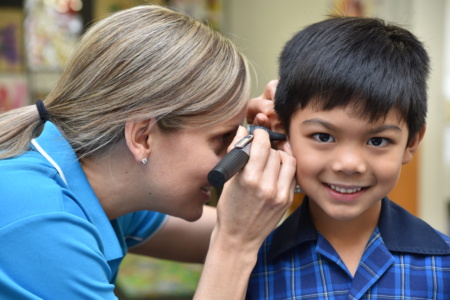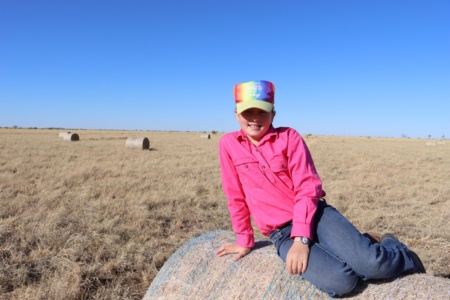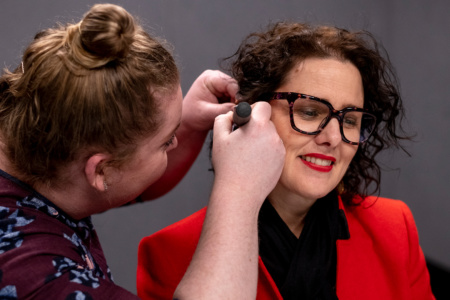Children with any degree of hearing loss may have trouble hearing when surrounded by noise – be it permanent deafness or a temporary loss from a cold or ear infection.
This is especially true in the classroom, where the teacher’s voice often competes with the busy sounds of students talking and working; overhead fans and air conditioners; or even what’s going on outdoors.
Hear and Say Listening and Spoken Language Specialist, Lynda Farwell provided her tips for reducing echo (also known as reverberation) and noise in the classrooms, to provide an ideal environment for kids’ listening and learning.
“When kids are trying to hear amongst lots of background noise in a classroom, this can mask important information that needs to be heard, understood and attended to,” said Lynda.
“However, there are lots of strategies which teachers and schools can put in place which reduce echo and noise. Even making improvements to one room has the added advantage of reducing noise transfer from that space into the next one.”
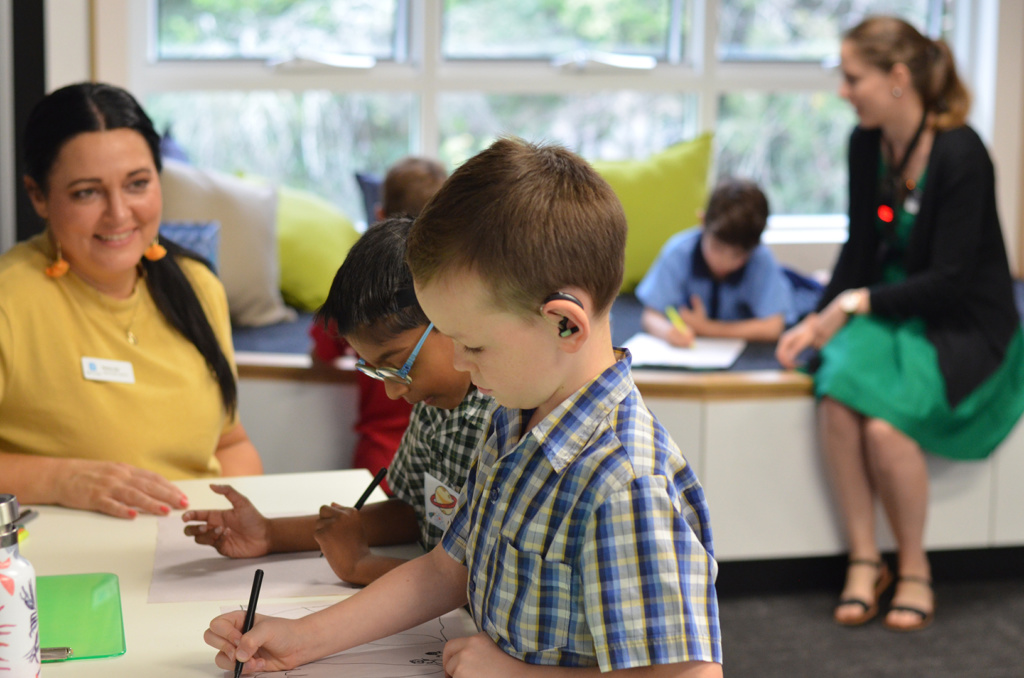
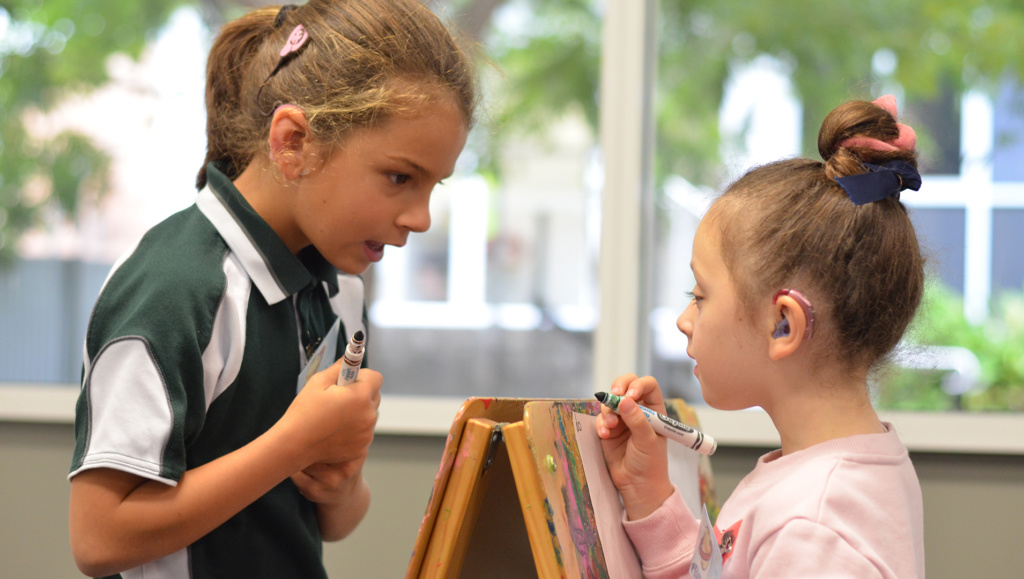
Reducing reverberation (echo)
- Minimise the number of exposed hard surfaces in your classroom that sound can bounce off. Consider soft wall hangings or crafts by students on display; felt pinboards; curtains and blinds on windows; and nets or fabric hanging from the ceiling.
- Think about what’s under your feet, too. While it’s not always possible to have fully carpeted floors, even a small area with a mat for focused group time can provide benefit.
- For larger rooms, there are lots of acoustic treatment solutions available including sound-absorbing panelling for walls and ceilings
Knocking down noise
- Keep windows and doors closed.
- Use noise level charts or apps to assist children in self-regulating their noise levels.
- Place rubber stops or tennis balls on chairs to reduce overall classroom noise.
- The ultimate listening environment also involves assistive listening devices (that is, direct input to hearing technology and SoundField speaker systems).
Did you know that Hear and Say’s Hear to Learn – School Hearing Screening program typically finds around one in five students with a hearing or ear health issue requiring monitoring or follow-up support?
Find out more about how Hear and Say can support your school – contact us today.




